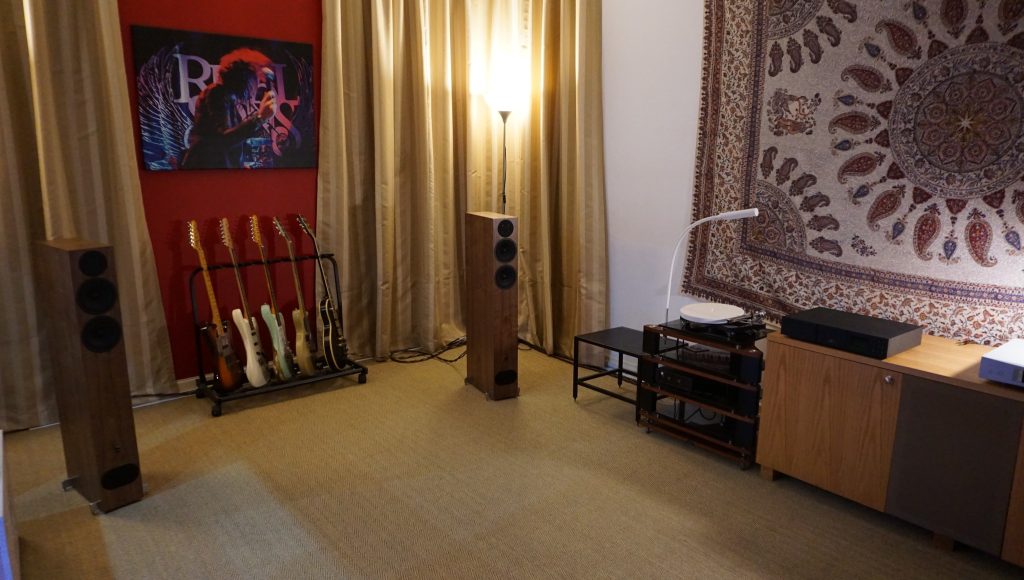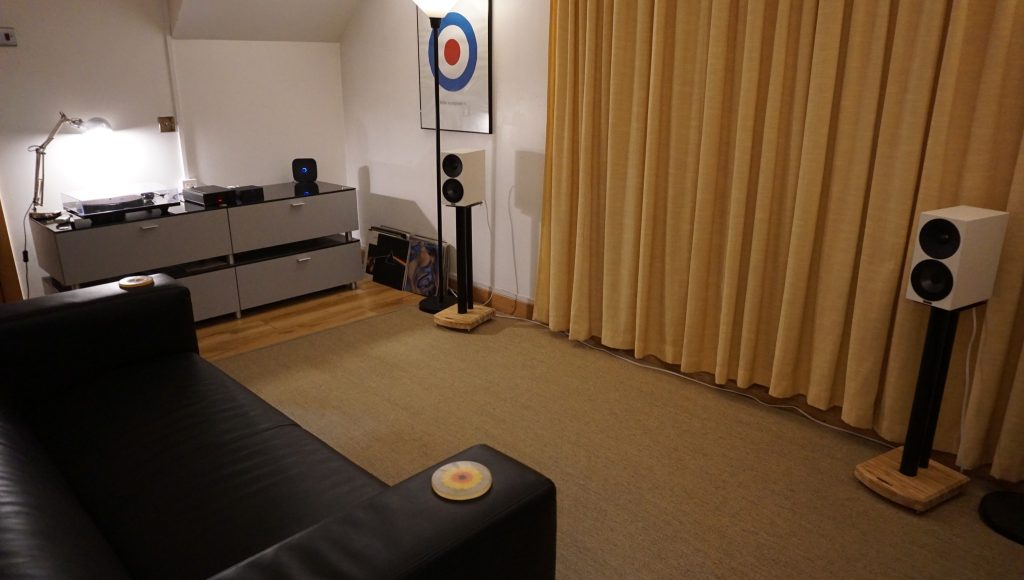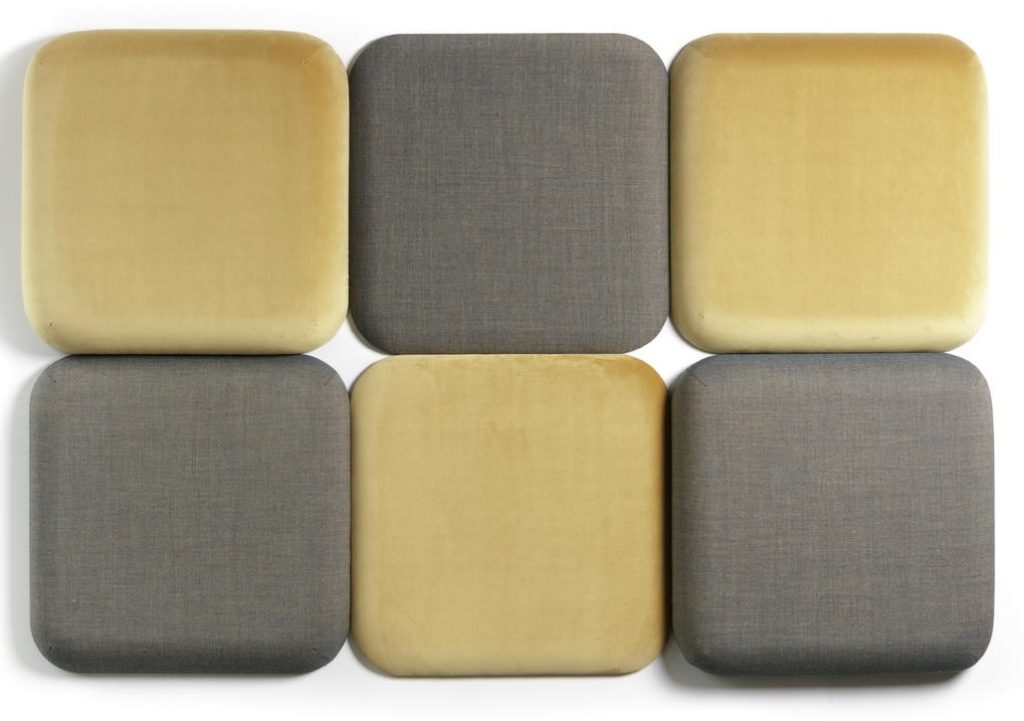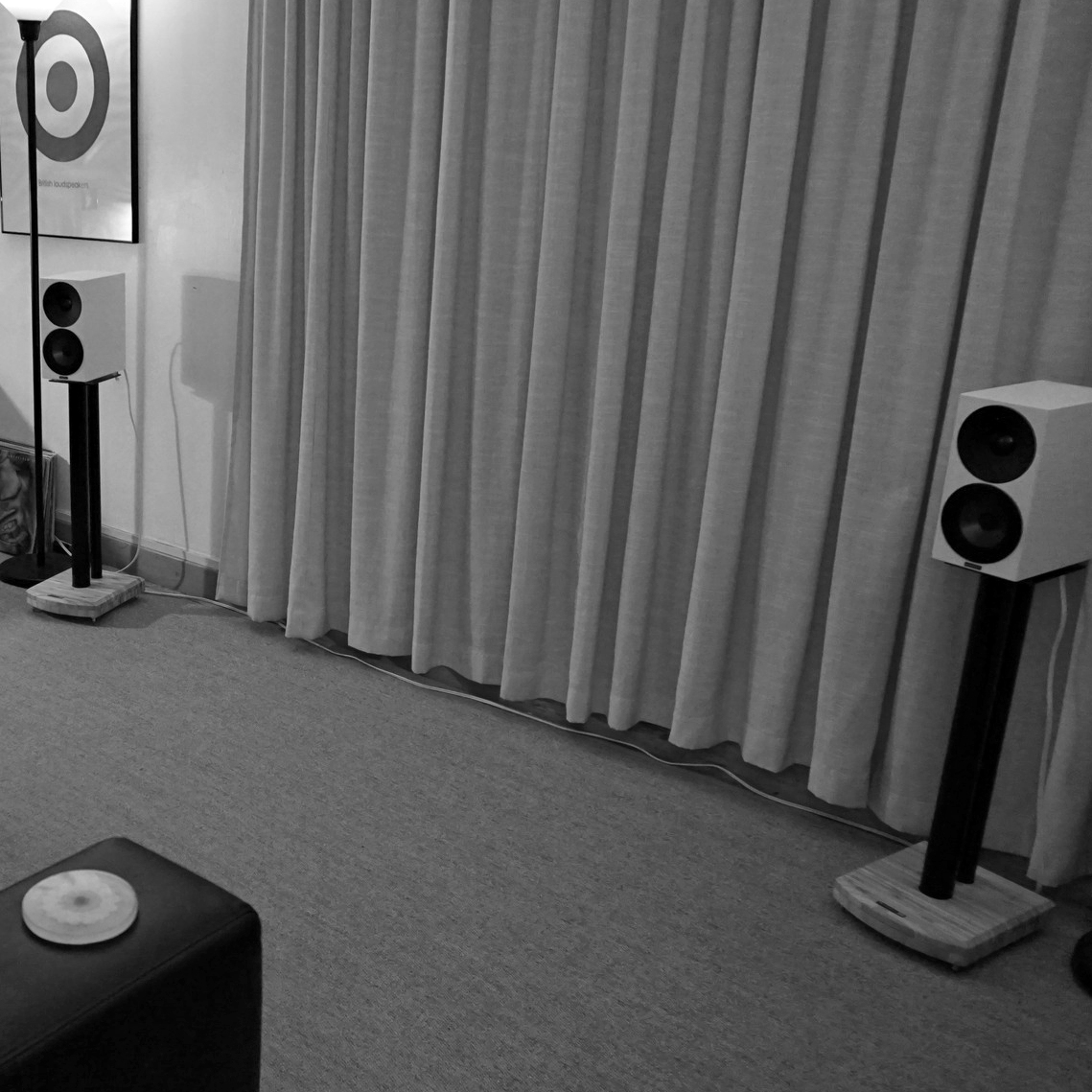13/12/2033

Room treatment comes up a lot in converation with our customers and I wanted to give you my own take on it. I don't doubt that they can make a difference but many of the treatments are expensive and I'd argue that they are simply not needed in most cases. I've always found a degree of scepticism helps keep my wallet from being overlite, especially when there's a way of sorting it out more affordably.
Here is an explanation of what common issues relating to listening rooms
"Room treatment products play a crucial role in improving the sound quality of a stereo system by addressing acoustic issues within the listening environment. The acoustics of a room can significantly impact the way sound waves behave, leading to problems such as reflections, standing waves, and resonances. Here's how room treatment products can help:
- Reducing Reflections:
- Absorption Panels: These are designed to absorb sound waves and reduce reflections. Placing absorption panels strategically on walls and ceilings helps minimize the impact of sound bouncing off surfaces. This results in a clearer and more focused sound, as unwanted reflections can cause distortion and coloration.
- Controlling Standing Waves:
- Bass Traps: Low-frequency sound waves can create standing waves in a room, leading to uneven bass response. Bass traps are designed to absorb these low-frequency waves, preventing them from building up and causing peaks and dips in the bass response. This helps achieve a more balanced and accurate low-end reproduction.
- Addressing Resonances:
- Diffusers: These are devices that scatter sound waves, helping to break up standing waves and reduce room resonances. Diffusers are especially useful in larger rooms where standing waves can be more pronounced. They can enhance the overall sense of space and improve the clarity of the sound.
- Enhancing Clarity:
- Ceiling Clouds: Suspended baffles or clouds can be installed on the ceiling to absorb and diffuse sound. This is particularly effective in rooms with high ceilings, as it helps control reflections from above, improving the overall clarity of the sound.
- Optimizing Speaker Placement:
- Room Analysis Tools: Using acoustic measurement tools and software, you can analyze the room's acoustics and optimize the placement of speakers and seating. This ensures that the sound reaches the listener in a balanced and coherent manner.
- Customization for Room Characteristics:
- Bass Management Systems: In some cases, electronic solutions such as bass management systems can be used to tailor the low-frequency response to the specific characteristics of the room. These systems can include equalization and room correction features to compensate for room-induced anomalies.
In summary, room treatment products work together to create an acoustically controlled environment that minimizes unwanted reflections, standing waves, and resonances. This leads to a more accurate and enjoyable listening experience, allowing the stereo system to reproduce sound in a way that closely matches the original audio source"
But is any of this needed?
My take is that most rooms are not particularly problematic. What I mean by that is that you can make a good sound in them. Even rooms which seem almost impossible. Our showroom has no interior walls. So our large and small demo rooms (shown in the pictures) are made of metal Mechano filled with rockwool and then boarded out. Despite this both rooms were very easy to get good sound from and at low cost. All we had to do in the big one was carpet and put some curtains up. We still felt the room was "live" so we hung a patterned drape on the wall and this solved the echo problem.

In the small room we needed the curtains and an Ikea rug because the floor is laminate. Nothing else was needed. Zilch. This is possible the best of the two rooms but also the smallest.
I'm not claiming these are the greatest sounding rooms. However we feel (always have) that our demo rooms should simply duplicate what folk have at home. We are not looking for perfection because that would almost be like trickery. Besides our demo rooms don't need to be perfect as their job is simply to allow us to demonstrate differences. Both do that very well.
In my 40 plus years installing I have very rarely come across a room in which I could not make a sound I was happy with. In fact I was normally pleased and the customer was delighted. Beams can be tricky as can rooms that are "minimalist" and contain lots of glass and hard surfaces. These can easily be fixed by rugs, throws and even those large canvas style pictures which you can hang on the wall and will break up hard reflective surfaces.
None of these things are expensive and none of them will effect the way the room looks in a negative way. People get very agitated when we do that. So we take real World measures to fix problems. Nobody wants or needs an anechoic chamber to live in.

Audiophiles often assume rooms are NOT good sounding. And yet often they go to shows (held in hotel shoeboxes) and judge the merit of equipment based on listening under these conditions. Which is contradictory. Of course people interested in audio will want to go and look at audio equipment but it always pays to be a little dismissive of the sound you hear in these environments. Far far better to listen at "bake offs" and even in retailers listening rooms. Or of course at home.
You could argue that most of the simple fixes I've mentioned are in fact "room treatments". If so they're practical and affordable. However room treatment products are often expensive (the one pictured above is £289) and I question that they offer good value and are even necesary. I also think that most people will prefer to spend their spare money on music than adding things that run the danger of making your lounge look like a recording studio.
I've also spent some time playing with room treatment software built into electronics. These effectively map your room and then you input data into them about the location of windows, doors, hard surfaces etc. The software then performs some digital wizardry and "corrects" the signal to compensate. They can be extremely time consuming but at the end you wind up with a correction which you can listen to and determine of you prefer it or not. You can usually switch between corrected and uncorrected to enable you to make a decision. In all but one case I ended up back to "uncorrected" and in the other instance I simply couldn't make my mind up. I am sure others will disagree with me.
Most "room issues" can be solved by good set up. This isn't complex and I'm in the process of writing an article about it which covers all the stuff that we use routinely on a day to day basis in the store. Once you've got that right we generally find any further issues can be solved by the use of items to soften the room and damp reflections. And without spending a great deal. In any event there is no one size fits all. And we'd be more than happy to advise if you wish to explore any of these issues further.
